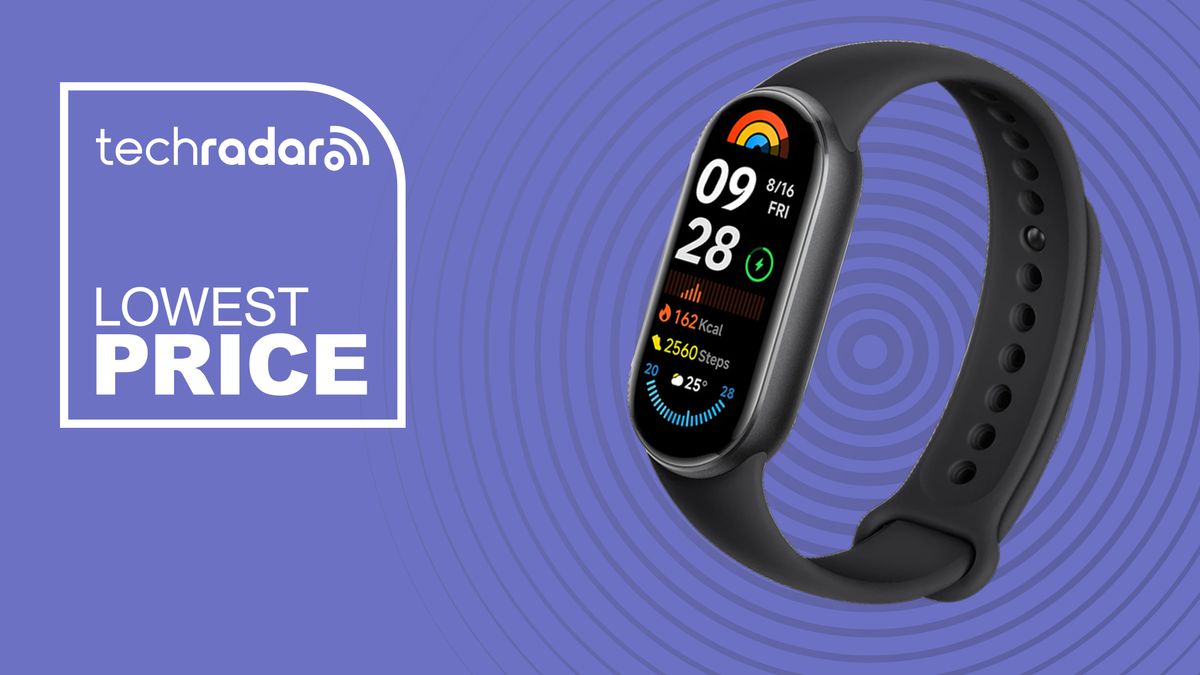Entertainment
In-Car Entertainment Hits The Road With Valeo Racer’s AR Driving Game

Valeo Racer takes the road and puts it on the screen.
There I was on my same street that I’ve driven down for the past 14 years. Except this time I was collecting coins and power boosts as if my block was the setting for a video game.
In a way it was a video game. I was in the backseat of a Volvo SUV reconfigured with Valeo’s Racer augmented reality platform. Instead of disappearing inside a virtual world in a headset I was experiencing my everyday world with an extra layer of…fun. A screen on the back of the driver’s seat let me control where my race car (a fiery red speedster) moved while the actual setting for the game was unfolding before me.
The concept of in-car gaming isn’t new. Tesla’s Arcade games have existed since 2019, with some games, like Beach Buggy 2 using the steering wheel and brake pedal as the controller (while parked). At CES 2019, Audi’s Holoride debuted its VR platform that took the velocity and direction of a moving car to project into a headset a digital world full of Marvel characters and dramatic landscapes. The Ford F-150 Lightning electric pickup has a menu full of games like Blocks, Sudoku, Jigsaw Puzzles, Tiles and others.
But Valeo, a French automotive tech company, is moving beyond the sit-and-charge style entertainment that has flourished alongside the growth of EVs, which require at least 30 minutes of downtime at a public charger.Unlike other in-vehicle game collections, Valeo Racer works for passengers in a vehicle that’s on the go. It debuted the future gaming platform at this year’s South by Southwest tech conference in Austin, Texas.
Collect coins on the screen while driving across the Golden Gate Bridge in reality.
During a demo ride in my San Francisco neighborhood last month, I experienced how Valeo taps into the Advanced Driving Assistance Systems, or ADAS, cameras, radar and other sensors already in use. The game, made with game developer Unity, uses the same external inputs that a blind spot warning or front crash detection system uses. When it detects a car or bicycle or pedestrian, it appears on the game screen. If you hit one of those cars or bicyclists in the game you lose points, even though no crashes have happened to the real-life biker or neighboring Prius. You only move in the game if the IRL driver is accelerating. At a stoplight you sit alongside the driver as you await the next stretch of road.
“This is the first concept of how the vehicle can become a platform for gaming,” Christopher Nowakowski, Valeo’s research and innovation manager, told me as we drove around my neighborhood. He explained how Valeo is already known for its sensors—the Racer takes that sensing to the next level, using information for safety as well as for entertainment purposes. With its mixed reality structure, it doesn’t take passengers out of the real world like a traditional video, mobile or headset VR game.
While the novelty factory is high, it’s an entertainment option perfect for bored passengers on long commutes or anyone driving through monotonous (or even scenic) settings. And it’s not just for kids, though that audience is clearly the target for backseat entertainment. With more autonomous taxis and awkward ride-hailing trips, in-car entertainment is a constant—think about Taxi TV with a captive audience. The easiest part of Valeo Racer is how behind the scenes it uses existing parts and software. The ride home has never been so entertaining.








